Fadi Henri's Email & Phone Number
Senior Software Developer at Booking.com
Fadi Henri Email Addresses
Fadi Henri's Work Experience

Booking.com
Software Developer
July 2017 to July 2021

Pharos Solutions GmbH
Software Engineer
July 2016 to May 2017

Egyptian Armed Forces
Soldier (mandatory service)
April 2015 to June 2016

novomind Egypt
Software Engineer
January 2015 to March 2015

POET EGYPT, LLC
Software Engineer
August 2013 to December 2014


Booking.com
Senior Software Developer
Show more
Show less
Fadi Henri's Education
Faculty of Engineering, Alexandria University, Egypt
January 2008 to January 2013
Show more
Show less
Frequently Asked Questions about Fadi Henri
What is Fadi Henri email address?
Email Fadi Henri at [email protected], [email protected] and [email protected]. This email is the most updated Fadi Henri's email found in 2024.
What is Fadi Henri phone number?
Fadi Henri phone number is +31 684749794.
How to contact Fadi Henri?
To contact Fadi Henri send an email to [email protected], [email protected] or [email protected]. If you want to call Fadi Henri try calling on +31 684749794.
What company does Fadi Henri work for?
Fadi Henri works for Booking.com
What is Fadi Henri's role at Booking.com?
Fadi Henri is Software Developer
What industry does Fadi Henri work in?
Fadi Henri works in the Computer Software industry.
Fadi Henri Email Addresses
Find emails and phone numbers for 300M professionals.
Search by name, job titles, seniority, skills, location, company name, industry, company size, revenue, and other 20+ data points to reach the right people you need. Get triple-verified contact details in one-click.In a nutshell
Fadi Henri's Personality Type
Extraversion (E), Intuition (N), Feeling (F), Judging (J)
Average Tenure
2 year(s), 0 month(s)
Fadi Henri's Willingness to Change Jobs
Unlikely
Likely
Open to opportunity?
There's 100% chance that Fadi Henri is seeking for new opportunities
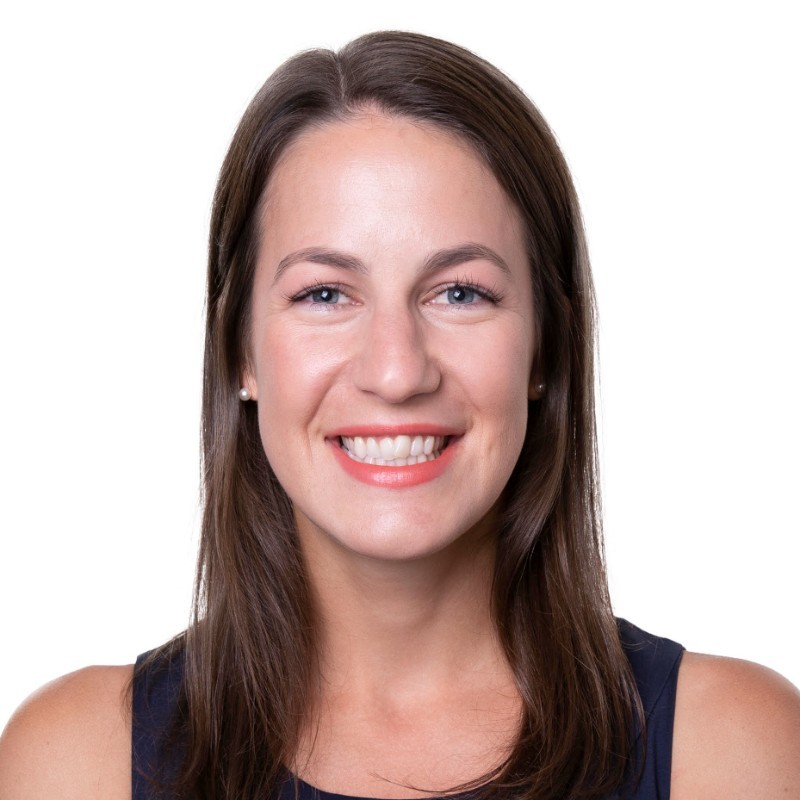
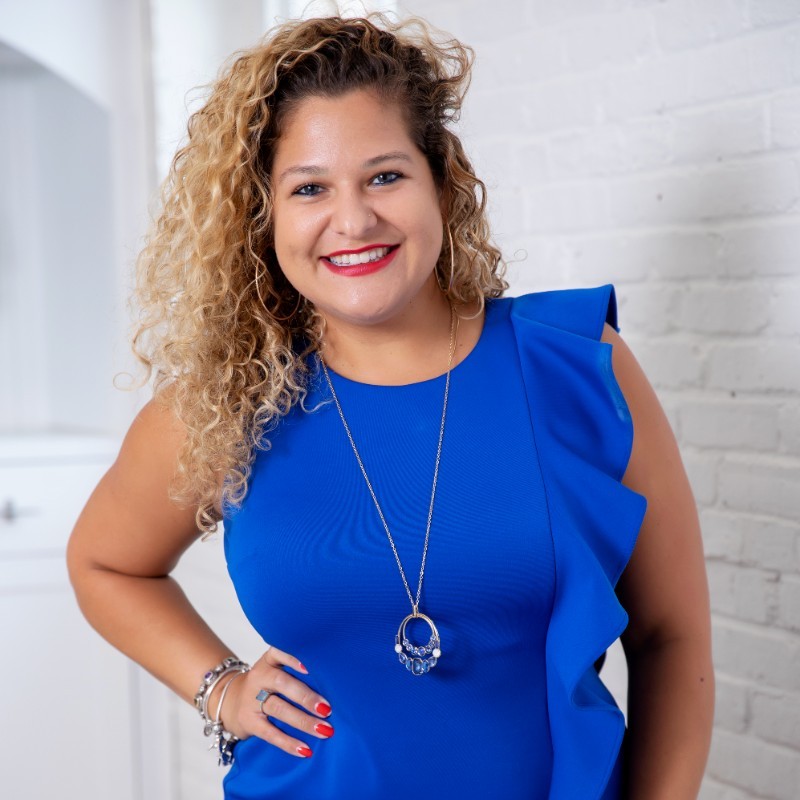







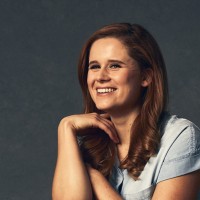


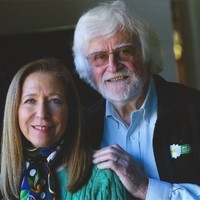

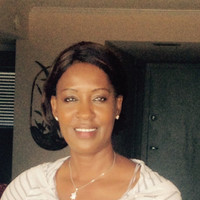
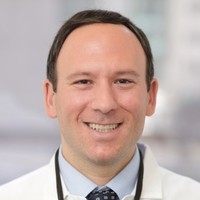






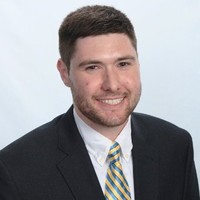









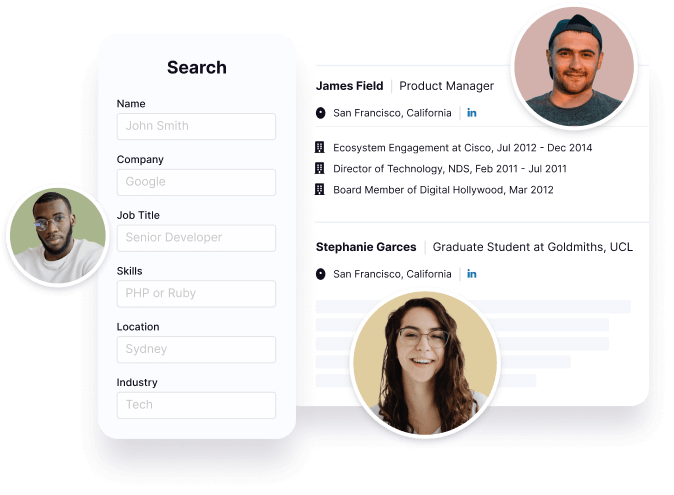
Fadi Henri's Social Media Links
/in/fadi-henri